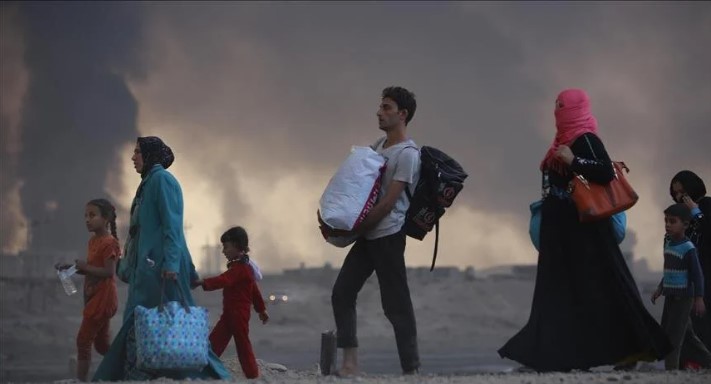This blog piece is from a previous volume of our Global Newsletter this year, if you want to get relevant information about global issues when current events are happening, be sure to sign up for the newsletter and get this information months earlier. Also, anyone who signs up for our Free Global Newsletter right now also can sign up for our Free Paper Back Book, Helping People Overseas, which will be sent to your door as a thank you from us.
An all-time high of 49 million people in 46 countries are experiencing a severe food crisis and could fall into famine unless they receive immediate lifesaving support, according to the World Food Program’s Hunger Hotspots report. This includes 750,000 people already facing famine conditions in Ethiopia, Yemen, South Sudan, Somalia, and Afghanistan.
Conflict remains the key driver of hunger around the world. The war in Ukraine has further exacerbated the hunger crises in East Africa and elsewhere because of skyrocketing food and fertilizer prices. Climate disasters, like droughts and floods, are also a major driver of food insecurity.
6 Countries Where Hunger Is Most Severe
Afghanistan
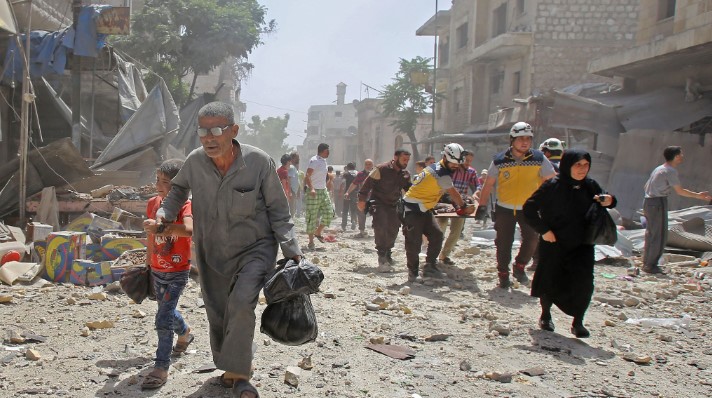
More than 90% of the population has been pushed into poverty. More than six million people do not have enough food to eat, and hunger continues to rise.
Ethiopia
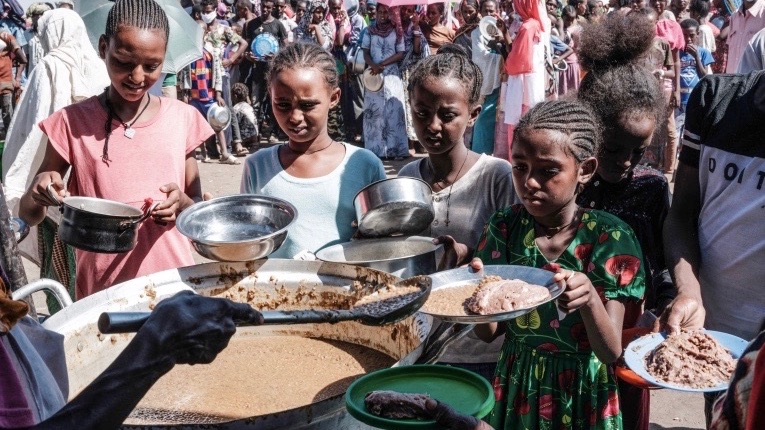
The political situation, particularly in Tigray, remains volatile and violence has forced people to flee their homes and agricultural fields. At the same time, southern Ethiopia is currently experiencing the worst drought in 40 years.
Nigeria

Ongoing violence causes disruptions in markets and farming, severely limiting people’s ability to earn income and forcing families to leave their homes. It can be extremely difficult for humanitarian organizations to reach people living in areas controlled by armed groups to provide the support they need.
Somalia

Crisis levels of hunger – combined with rising rates of cholera and measles –are hitting Somalia as a result of conflict, prolonged drought, and rising food prices. Approximately 1.8 million children in Somalia – more than half of the country’s children – are suffering from acute malnutrition and several areas are on the brink of famine.
Sudan
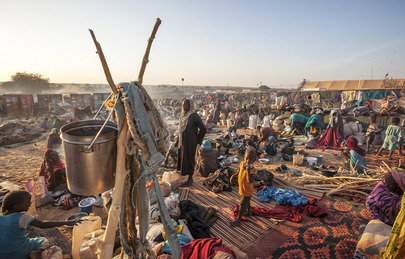
Current conflict in the north as well as conflict, and a weak economy will intensify the hunger crises with hundreds of thousands displaced.
Yemen

A fragile truce was agreed upon in 2022, but civilians continue to bear the brunt of the conflict as thousands have been forced to flee their homes. Imports of food, fuel, and medicines are severely limited, and hunger continues to grow: 161,000 people are expected to experience famine conditions this year.
Devxchange works with local implementing partners in around 30 countries to address some of the root causes of poverty and food insecurity including agro-forestry projects to address the environment and new and improved ways of producing local food.
The Impact Of Our Projects
Forestry For Life
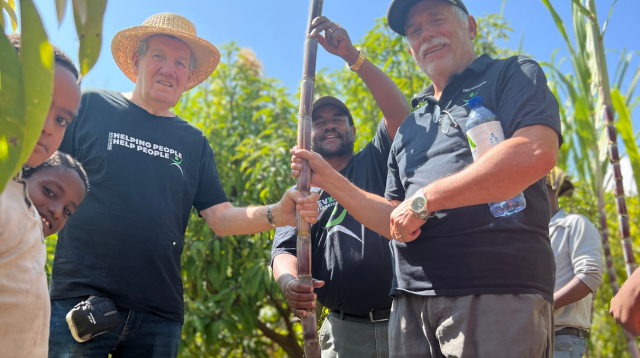
Forestry For Life has made a significant impact in Ethiopia by planting millions of fruit trees. Every year, the project trains over 150 model fruit farmers, contributing to the project’s continuous growth and support for the establishment of sustainable food systems in the region.
The remarkable achievements of this initiative extend beyond individual farms, positively transforming entire ecosystems, food systems, local economies, and societal structures within the region. As a result of the project, farmers have experienced a substantial increase in their income, making approximately 20 times more than before they received our assistance.
The residual effects have also been remarkable, including the prevention of erosion through the establishment of robust root systems, the return of water to areas where it had been absent for decades, and the revival of life in places where it had long been absent.
The Mushroom Project
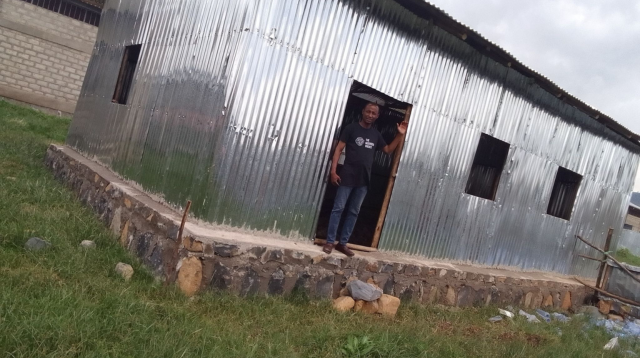
The Mushroom Project actually stemmed from Forestry For Life. At the end of 2020, one of the worst outbreaks in decades, the locusts destroyed the crops that 20 million people relied on for their food and income. Fekadu, a local with 10 years in horticultural experience, with Forestry For Life, discovered that mushrooms were resistant to locusts. Quickly Fekadu and his family began growing and training others to grow mushrooms for their community. And so the The Mushroom Project began.
Recently, with the support of Devxchange and the United Nations Development Fund, The Mushroom Project expanded its operations by establishing a dedicated mushroom production facility. This facility not only offers employment opportunities to 100 individuals within the community but also introduces a highly nutritious food source that is uncommon in this particular region of Ethiopia. Additionally, the project brings about residual benefits as the substrate used for growing mushrooms can be repurposed as livestock feed, further diversifying the local farming practices with the introduction of mushrooms.
Planning to travel this year?
Consider a trip with us, and fundraise with us too!
Individuals
You can pick your own start and end dates, and your project doesn’t follow a set itinerary.
This gives you freedom to spend your weekends and time off how you want, whether that’s travelling, exploring or resting.
Join A Team
Our group volunteer trips bring people together from all corners of the world to live and work together abroad. Open to anyone over 18.
Highschool
Seize the opportunity to travel, make a difference, and meet new people as a teen volunteer abroad! If you’re 15-18 years old, we have programs designed especially for you.

